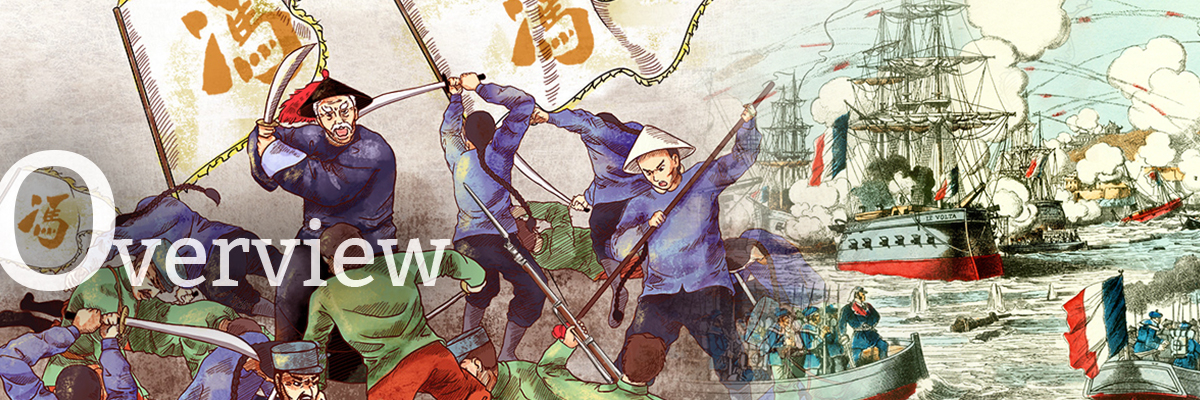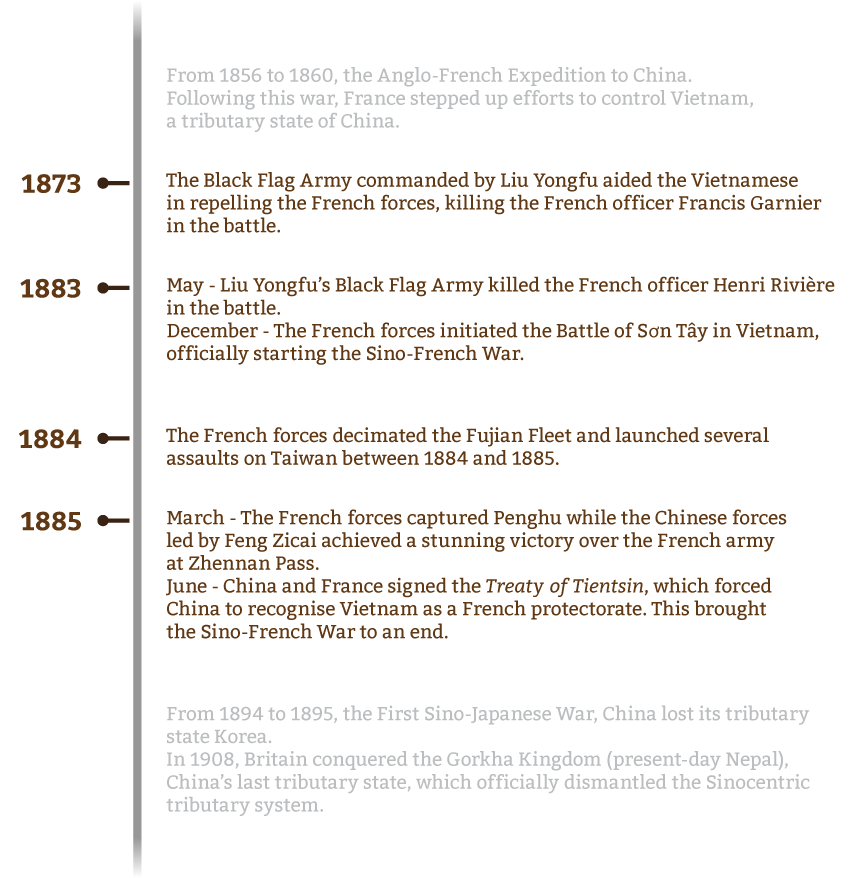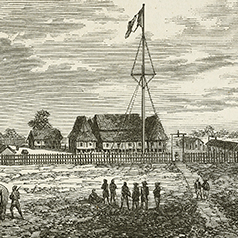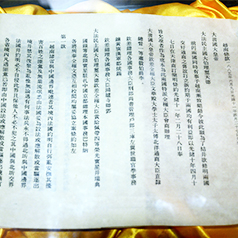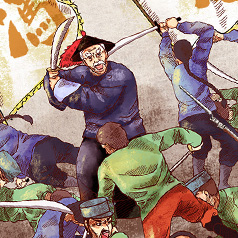The Sino-French War was another major war between China and France followed the Anglo-French Expedition to China. It was instigated when France invaded Vietnam, a tributary state of China, and waged battles both on land and at sea.
Starting from the 1870s, in a bid to step up capital export, the Western powers set their sights on China’s adjoining and island tributary states. At the juncture, France escalated its invasion of Vietnam as well as other Mainland Southeast Asian countries. The resulting conflicts, which spread to the China-Vietnam border, were repeatedly repulsed by the Black Flag Army (黑旗軍) under Liu Yongfu (劉永福). Still, the French incursions resulted in the Sino-French War in December 1883.
The Sino-French War can be broadly divided into three phases: the first phase (February 1883 to May 1884) consisted of land-based campaigns, which included the Battle of Sơn Tây (山西戰役). The second phase (June 1884 to March 1885) consisted of both land and sea campaigns, which included the land battle in Bắc Lệ (北黎) and a naval battle in Mawei (馬尾) in which the French inflicted a grievous defeat on the Qing forces. They then proceeded to attack Keelung (基隆) and Tamsui (淡水) in Taiwan (台灣) and occupied the islands of Penghu (澎湖). However, the French were defeated by the Qing forces in the subsequent Battle of Zhenhai (鎮海之戰). The final phase (March 1885 to June 1885) saw a return to land-based campaigns in which the Qing forces under Feng Zicai (馮子材) and Liu Yongfu triumphed at the Battle of Zhennan Pass (鎮南關之役) and related skirmishes.
Despite being disadvantaged in naval battles, China won some of the land ones. It did not completely lose the war. Nevertheless, the Qing government was reluctant to pursue the war further, preferring to “opt out of the war while victorious” instead. In June 1885, China and France signed the Sino-French Treaty of Tientsin (《中法會訂越南條約》, Tientsin also known as Tianjin), an unequal treaty that forced China to: a) recognise Vietnam as a French protectorate; b) work with France to demarcate the China-Vietnam border; and c) designate two trading ports on the border. However, this course of action laid bare the Qing government’s cowardice, and emboldened the imperialist powers to act with growing impunity in dismantling China’s traditional tributary system. Britain and France proceeded to colonise the countries of Mainland Southeast Asia; Japan, an emerging imperialist power, also plotted to seize Korea, a China’s north-east tributary state.




